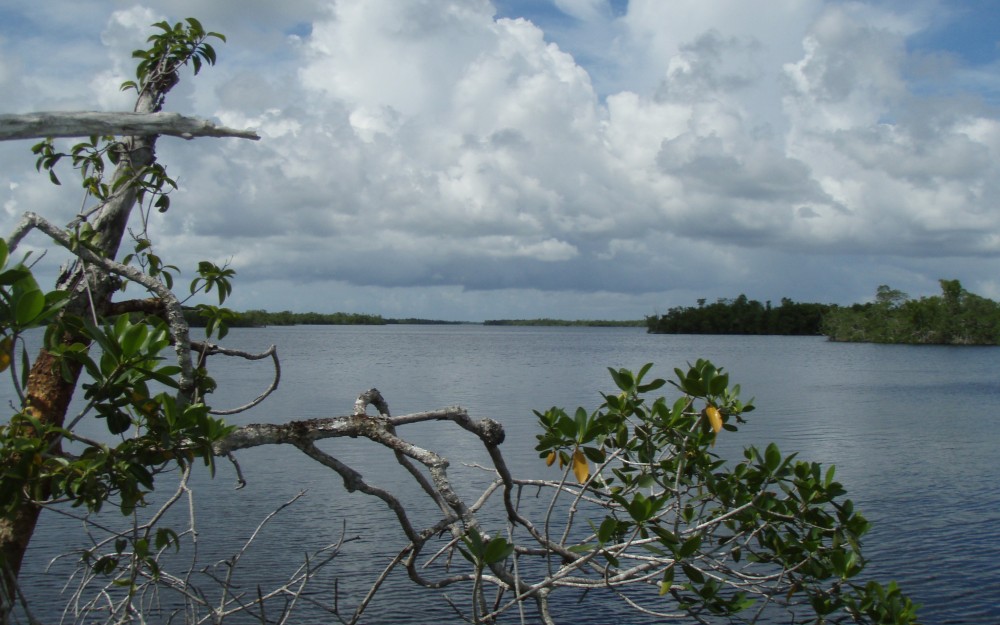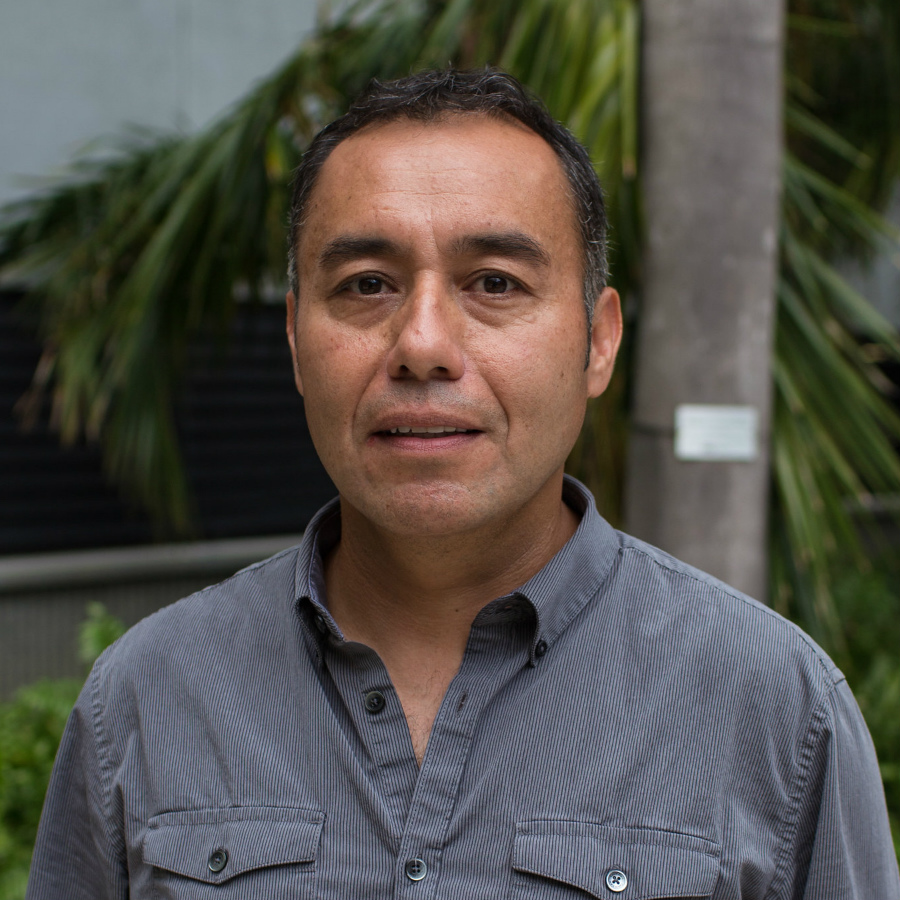- Title: Hurricane Irma Effects on Florida Everglades Mangroves: Assessment of Resilience and Trajectories of Recovery
- Principal Investigator: Edward Castaneda
- Funding Amount: $167,481
- Funding Source: National Park Service
- Timeline: 05/01/20–12/31/22
Edward Castaneda studies the impacts that hurricanes can have on mangrove forests. Despite the destructive effect of hurricanes on mangrove forests in tropical and subtropical latitudes, hurricanes are major drivers controlling soil fertility gradients in the Florida Everglades mangroves, and therefore represent a positive influence in maintaining observed mangrove spatial distribution and productivity patterns.

Hurricane-induced mineral inputs to near-coast mangroves in the Everglades enhance phosphorus (P) concentrations in soils, increase plant P uptake, promote soil elevation gains relative to sea level, and facilitate rapid forest recovery following disturbance. The response of mangroves to large-scale P fertilization from hurricanes may be an important adaptation of neotropical mangroves in the Gulf of Mexico and the Caribbean region to withstand the impacts of both sea-level rise and P limitation.
Read about the project in this FIU News article or dive into the study's publication published in the journal Proceedings of the National Academy of Sciences.
Team
Principal Investigator
Edward Castaneda
Research Assistant Professor
305-348-7479
ecastane@fiu.edu
VH 332
Researchers
John Kominoski
Professor
305-348-7117
jkominos@fiu.edu
CASE 253Tiffany Troxler
Associate Professor; Associate Director of Science, Sea Level Solutions Center
305-348-1453
troxlert@fiu.edu
OE 228, CASE 174Jay Sah
Research Associate Professor
305-348-1658
sahj@fiu.edu
OE 218



